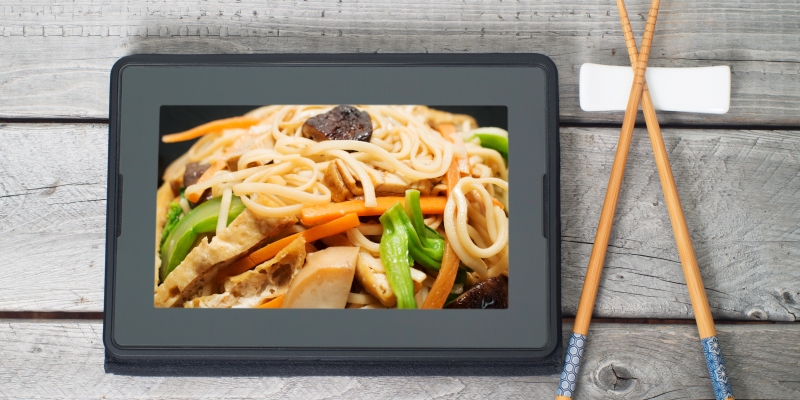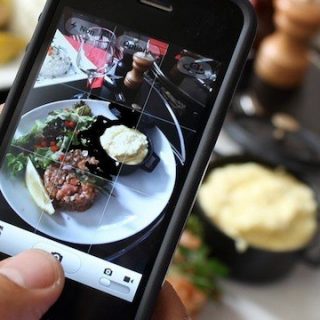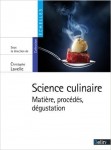
In a 2008 article titled The End of Theory: the Data Deluge Makes the Scientific Method Obsolete, Chris Anderson, the editor-in-chief of Wired magazine, argues that we are entering the Petabyte Age. For the first time in history, computers can now cheaply and rapidly process masses of data at an unprecedented scale and granularity. It therefore becomes possible to surveil, measure, and analyze movements and behaviors of any population in real-time, through the “digital traces” they leave behind (through purchases, smartphone usage, photos and videos posted on social media, etc). French philosopher Auguste Comte’s long-ago dream of developing an authentic “social physics” of human interaction is vindicated in Alex Pentland’s Connection Science and Human Dynamics Lab at MIT.
This “data rush” has proven very profitable for startups that can financialize its capabilities: Uber, for example, uses big data to optimise urban transportation flows, while AirBnB better manages its global portfolio of accommodations. Many food tech companies have similarly integrated statistical models to optimise flows and interactions with clients. TripAdvisor and Yelp rate restaurants based on user-sourced data; Munchery and Freshly deliver food to the user’s address; Blue Apron, Plated and Chef’D assemble meal kits; Deliveroo and UberEat deliver restaurants meals; Instacart and Amazon run your errands, and Farmdrop, Farmigo and Good Eggs deliver fresh produce from local farms. Big-box companies use “deep-learning” algorithms to treat data collected from points of purchase in order to predict consumer behaviour. Walmart recently purchased jet.com for 3.3 billion USD, and also Kosmix, a Californian startup relaunched as @Walmart Labs. Target, the other big-box leader, made headlines in 2013 when they revealed to a New York Times reporter their methodology of discovering their customers’ most intimate secrets.
 Society as a whole has become an experimental lab where Food Tech startups can tailor their consumer tactics by testing them through Big Data. Algorithms are like interchangeable lenses on a microscope: they allow social interactions to be viewed at specific scales. According to Dominique Cardon, algorithms are designed around four main principals: popularity (e.g. Google Analytics), authority (Google PageRank), reputation (number of friends on Facebook) and prediction (Amazon recommendations and targeted advertising). In turn, the algorithms organize data using votes, ranking, benchmarks and machine learning. The Google Food Trends algorithm, for example, tracks users’ food choices: In 2015, it reported that turmeric was the most searched-for spice amongst American internet users. Food Genius is a startup that predicts consumers’ food choices in the United States, state by state, using a database of 16.3 million menu items from 360,000 restaurants. ConvNet’s algorithm (Convolutional Neural Networks) can recognise objects in images, allowing analysis of consumer choices from food photographs uploaded to social media.
Society as a whole has become an experimental lab where Food Tech startups can tailor their consumer tactics by testing them through Big Data. Algorithms are like interchangeable lenses on a microscope: they allow social interactions to be viewed at specific scales. According to Dominique Cardon, algorithms are designed around four main principals: popularity (e.g. Google Analytics), authority (Google PageRank), reputation (number of friends on Facebook) and prediction (Amazon recommendations and targeted advertising). In turn, the algorithms organize data using votes, ranking, benchmarks and machine learning. The Google Food Trends algorithm, for example, tracks users’ food choices: In 2015, it reported that turmeric was the most searched-for spice amongst American internet users. Food Genius is a startup that predicts consumers’ food choices in the United States, state by state, using a database of 16.3 million menu items from 360,000 restaurants. ConvNet’s algorithm (Convolutional Neural Networks) can recognise objects in images, allowing analysis of consumer choices from food photographs uploaded to social media.








